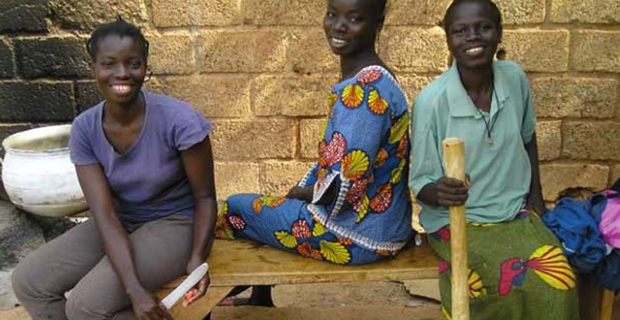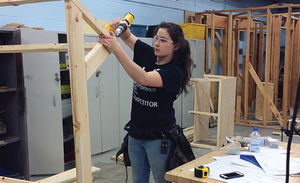British Columbia’s New Frontline: The Rise of Minority Skilled Workers
Career Opportunities B.C.’s growth, coupled with a rapidly retiring population of skilled workers is set to create around 1 million jobs in the next eight years, with 43 percent of those requiring either a technical or trades background.
According to Gary Herman, CEO of the Industry Training Authority, of the million jobs that will be available, two-thirds of them are for the replacement of baby boomers leaving the workforce and one-third of them are for growth.
Part of the solution to this problem may lie in the B.C.’s only untapped resource: its minority workers. More and more aboriginals, women, and newcomers to Canada are entering the trades everyday. In doing so, they’re not only bringing diversity to the trades sector, but they’re starting to bridge an ever-widening gap.
Aboriginal advancement
"Canada’s immigrant population is currently at 20 percent, making up a large portion of available workers. While newcomers to Canada might appear to be taking jobs away from Canadians in the trades sector, it’s actually the complete opposite."
According to the Canadian Apprenticeship Forum, aboriginals are the only group whose population is aptly reflected in the trades sector, at five percent of the population and four to five percent of apprenticeships. Yet, even that number is increasing, as Manley McLachlan, President of the BC Construction Association, says. “In the past seven years we’ve placed about 9,000 people in the industry and when I look at the various groups we’ve been working with, I see an increasing number of aboriginal people. And that’s a great thing.”
Participation in apprenticeship training for aboriginals has doubled since 2006–2007, with over 2,300 people having gone through the system.
Women on the rise
While B.C.’s female population is not nearly represented in the trades sector, it’s steadily increasing, as the stigmas of the past are being discarded. There are over 3,700 women registered as apprentices in B.C., making a total of 10.5 percent, which is up from 8.5 percent in 2009.
There’s one area in particular where it seems women are thriving, as Herman notes, “the reports we’re getting back from employers of heavy equipment operators is that they’re very enthusiastic about having women in those positions because they are a lot more respectful of the equipment. They actually utilize the equipment to work as it was designed.”
Newcomers to Canada
Canada’s immigrant population is currently at 20 percent, making up a large portion of available workers. While newcomers to Canada might appear to be taking jobs away from Canadians in the trades sector, it’s actually the complete opposite, according to McLachlan.
“Say we bring in a 35-year-old carpenter from Ireland, they’ve generally got close to 20 years in the industry. When that person is brought in to fill the gap where a Canadian has retired, it actually allows that company to hire young Canadians as entry-level workers and apprentices. So immigrants are actually creating jobs for young Canadians who want to get started in the industry.”
It’s the newcomers to Canada, along with the other underrepresented groups in the trades sector, such as women and aboriginals, who are now picking up some much needed slack. It seems that where these groups were once merely making ripples, they’re now making waves.





.jpg)














